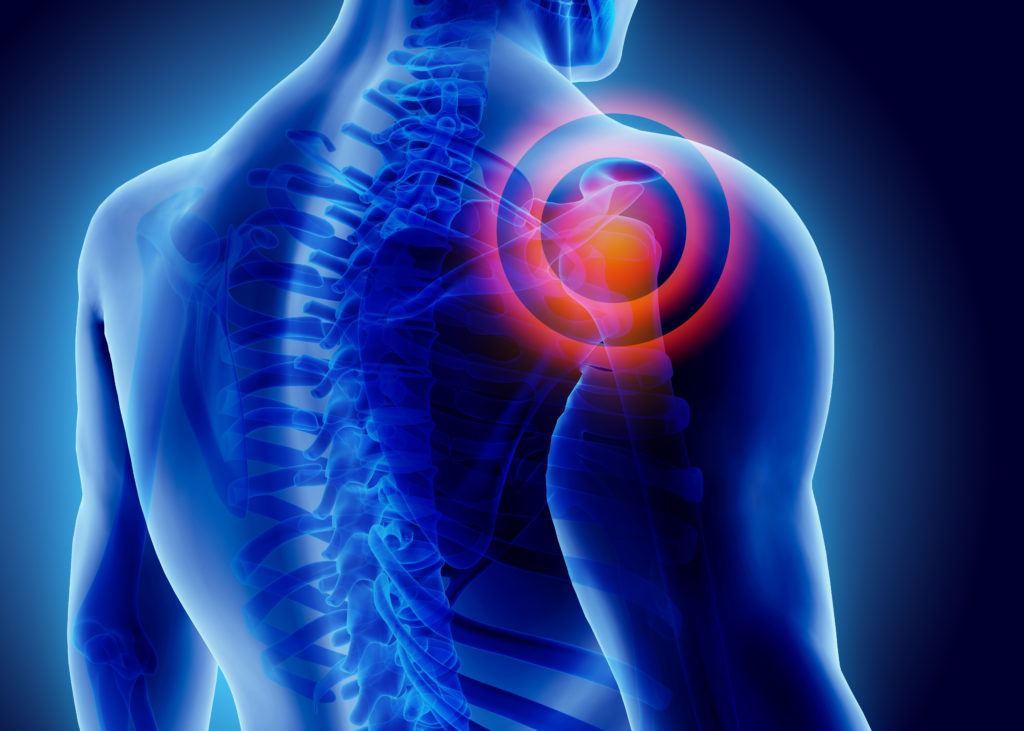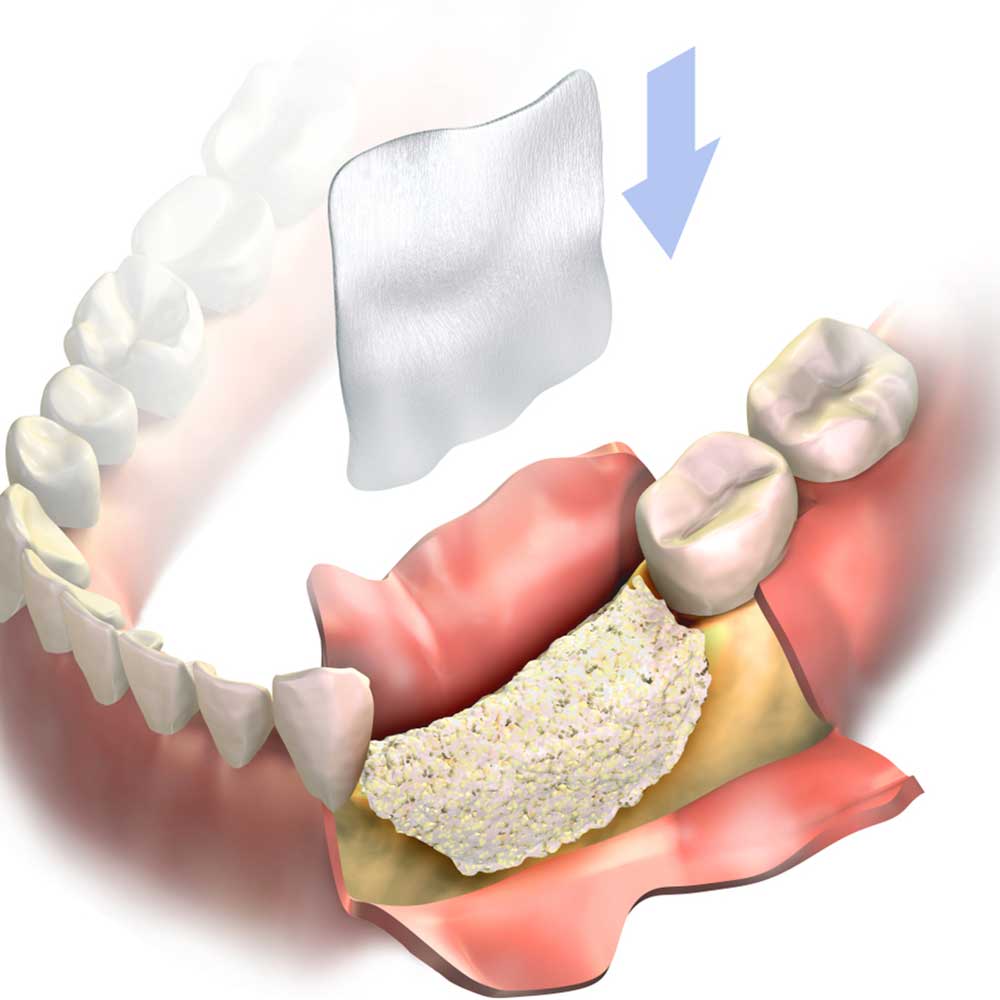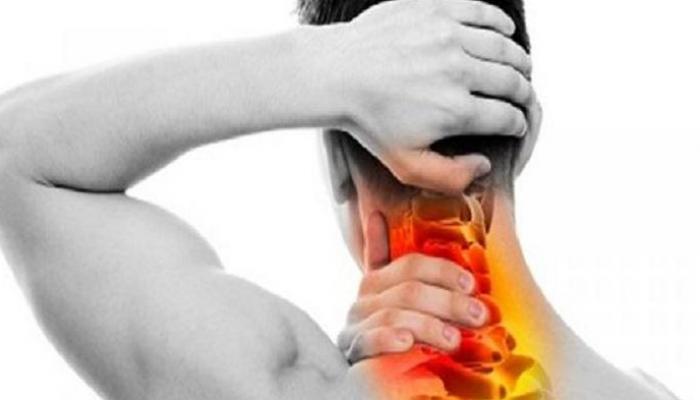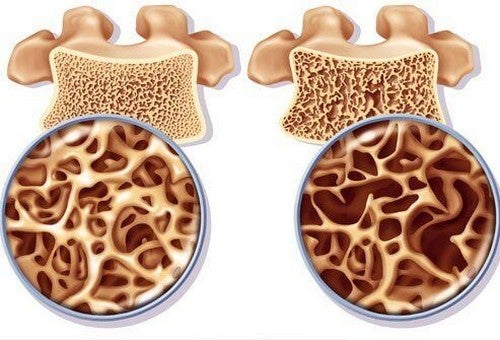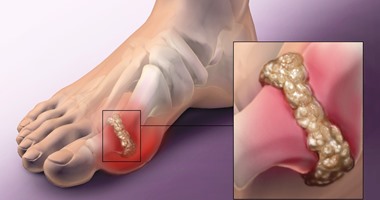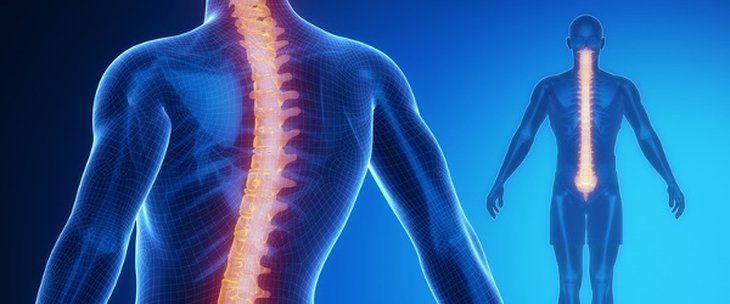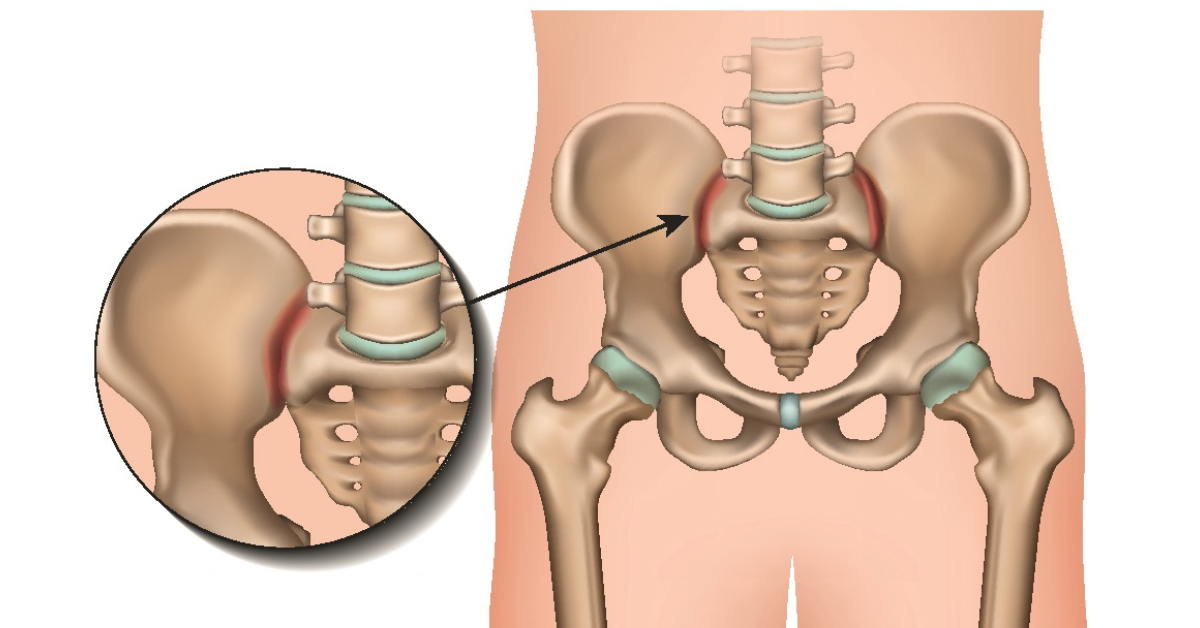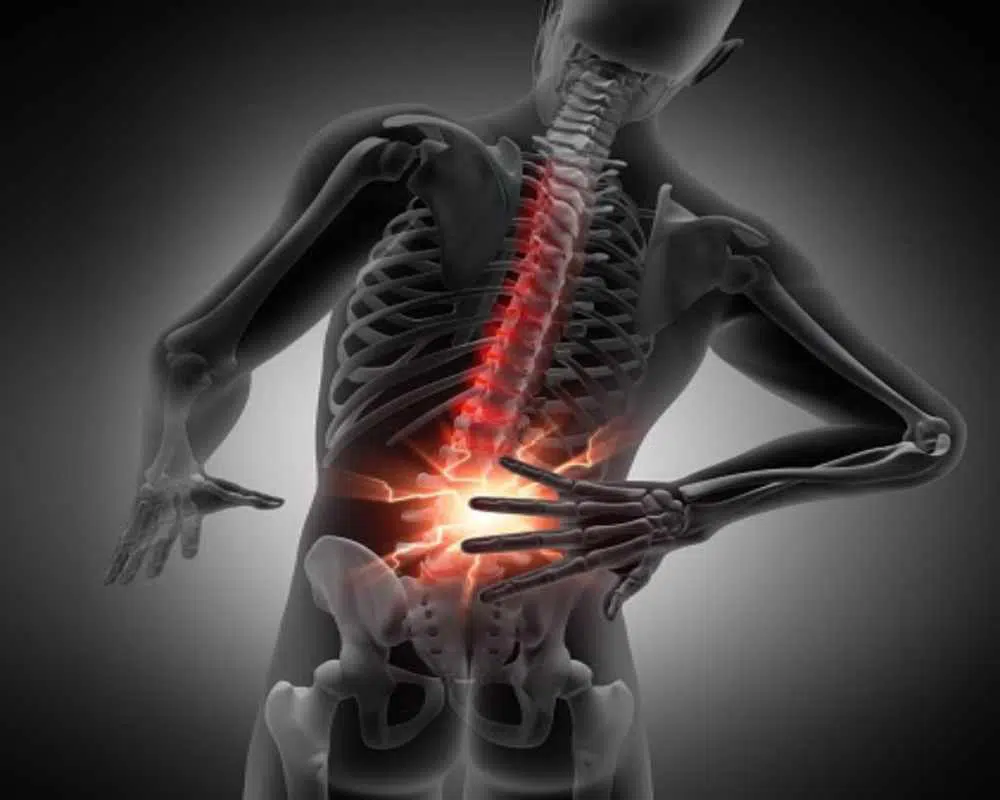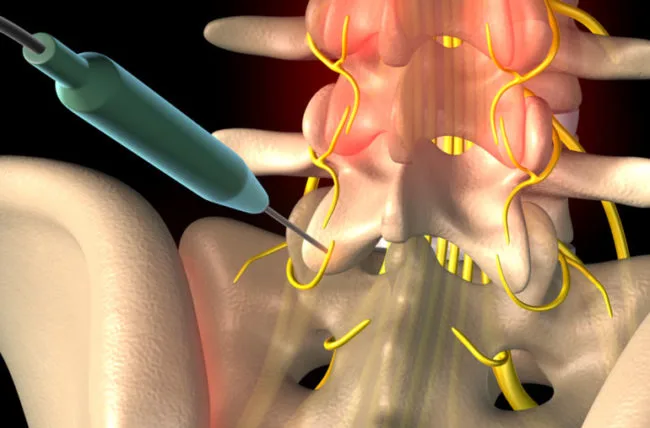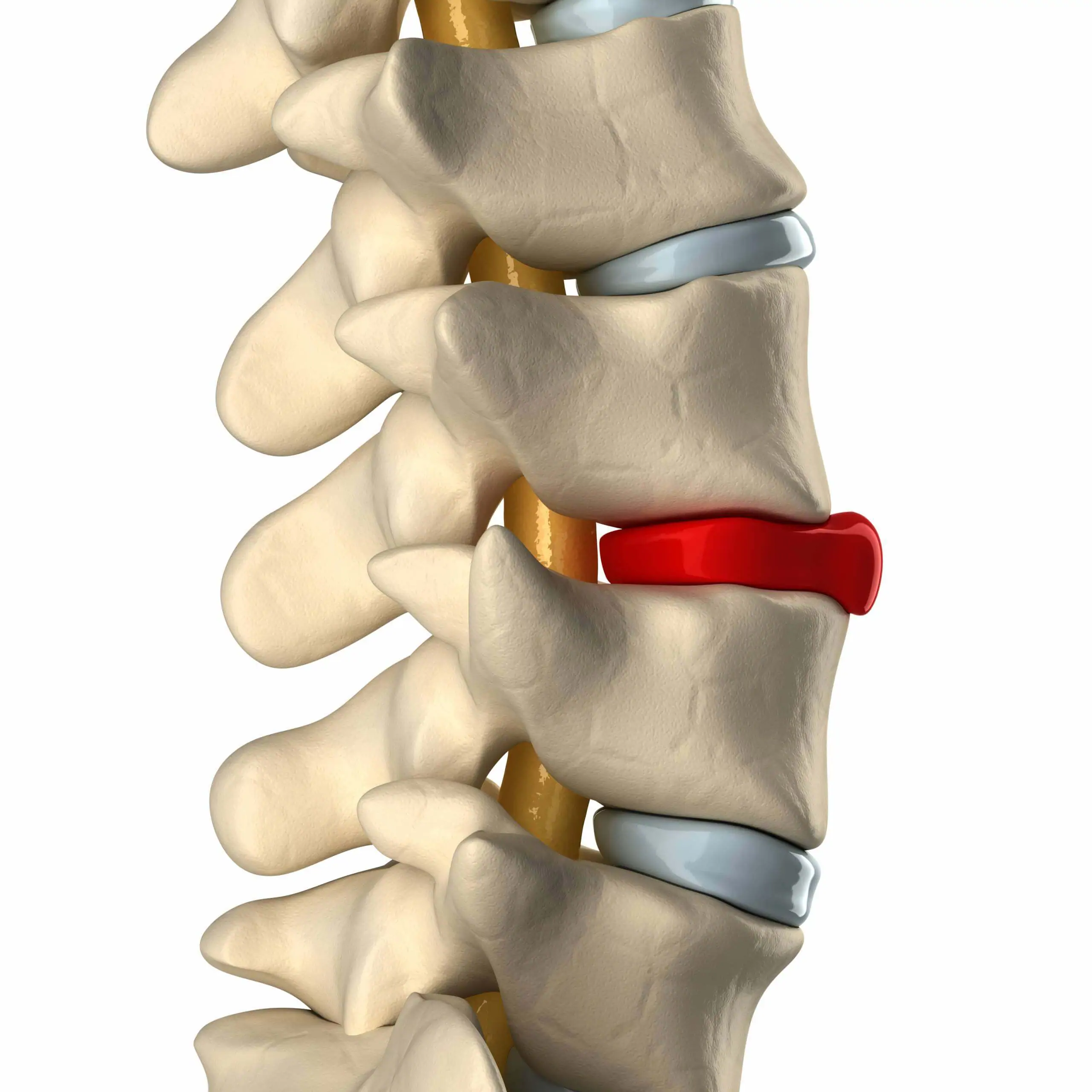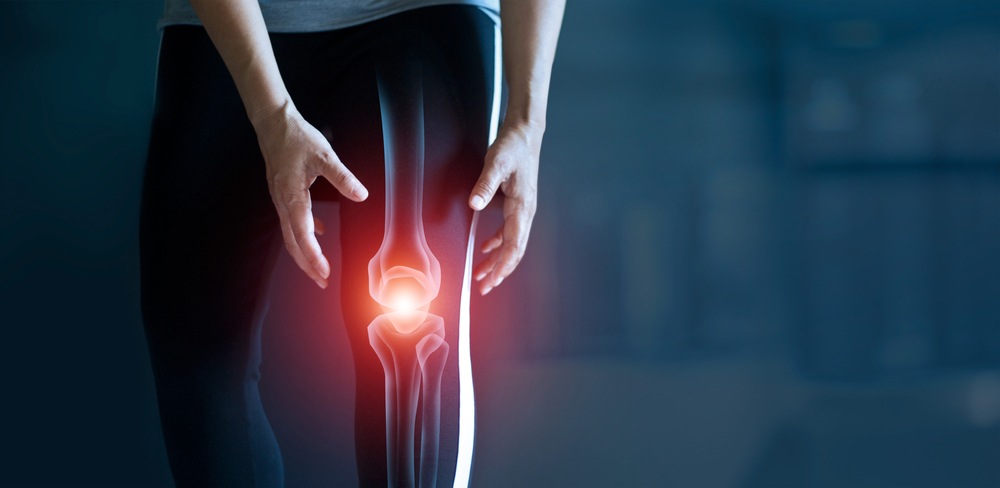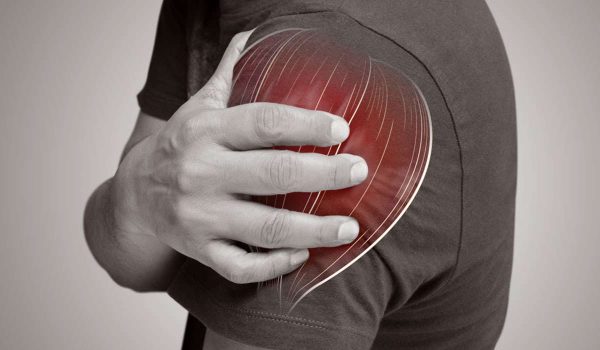Sciatica and its treatment
A large percentage of people around us suffer from sciatica, but they do not have sufficient awareness of how to deal with this disease and what methods are used in its treatment, follow the following article with us to be able to understand more information regarding this topic.
Sciatica and its treatment
Sciatica is pain that afflicts a person along the sciatic nerve, and it extends from the hips, buttocks, and lower leg, and most likely, sciatica is on only one side of the body, and this occurs as a result of pressure from the herniated disc and bony protrusions on the spine or narrowing between the vertebrae.
As these symptoms cause some infections that make the patient feel severe pain and numbness in the affected area, but despite the severity of sciatica pain, it can be treated without the need for any surgical medical intervention. When the symptoms of sciatica are exaggeratedly severe, this may indicate that the individual has other diseases, such as significant leg weakness or changes in the intestines or bladder. In those cases, surgical intervention may be required.
How to treat sciatica
Many methods may be involved in the treatment of sciatica, and we will talk in the following lines about drug treatment, but it must be taken into account need to take it under medical supervision because it is strong and causes many side effects, for example:
- Opioid analgesics: Doctors prescribe some painkillers that have a very strong effect in order to effective in alleviating the symptoms of sciatica, such as Tramadol.
- Tricyclic antidepressants: they work to reduce the brain’s perception of the strength of the pain, for example, amitriptyline, and its use cases are very limited.
- Muscle relaxants: They contribute significantly to reducing the severity of back pain and stiffness that is a result of sciatica, an example of which is cyclobenzaprine.
- Steroids: They are taken orally to relieve pain caused by acute sciatic nerve inflammation.
- Anticonvulsant drugs: They are used in cases of chronic sciatica with antidepressants to relieve pain caused by nerves, for example, Gabapentin.
Symptoms of sciatica
- Severe lower back pain that may feel like an electric shock or burning sensation.
- Feeling pain in both the back and the leg, which intensifies when sitting.
- The pain is concentrated on one side of the buttocks.
- The pain is also present in the hip area.
- The inability to move the foot normally and the feeling of numbness in it all the time.
- Tingling in the lower leg area.
- Severe pain makes the patient unable to stand up easily.
Sciatica symptoms and treatment
When the patient begins to feel the symptoms of sciatica, he must immediately start receiving appropriate treatment before the disease develops seriously, and some symptoms indicate the occurrence of serious complications that require consulting a doctor, such as:
- Fever and severe back pain.
- The spine is swollen and very red.
- Pain in the lower legs in multiple places.
- Feeling numbness in both thighs and legs and not being able to move them well.
- Severe burning sensation during urination or mixed with drops of blood.
- The presence of pain is concentrated in the lower body area.
- Loss of bladder control and leakage.
But if the disease is still in its infancy, there are some treatment methods that you can follow at home to relieve the pain, for example:
- Hot and cold compresses: Cold compresses are initially applied to the lower back and last for a few minutes, then warm compresses are followed, and this process is repeated more than once throughout the day.
- Pain relievers that do not require a doctor: Analgesics can be used to reduce pain caused by sciatica, but it is preferable not to use them for long periods without medical advice, for example, paracetamol, and non-steroidal anti-inflammatory drugs such as ibuprofen and naproxen.
- Stretching exercises: Some of the exercises that relieve sciatica pain are done, such as stretching the lower back, and the piriformis muscle, as well as stretching the hip muscles.
- Rest: Although rest is very important in the case of sciatica, it is necessary not to overdo it as this can cause counterproductive results.
There is another way to treat sciatica that some doctors may recommend, which is through physical therapy, in which case the patient performs the activities recommended by his doctor under his supervision, for example, strengthening exercises, stretching, air conditioning exercises, and light aerobic exercises such as walking, swimming, hydrotherapy or therapeutic swimming.
Where physiotherapy helps:
- Stimulating the body’s ability to exchange fluids and nutrients.
- Strengthen your spine, lower back muscles, abs, buttocks, and hips.
- Stretching inflexible muscles that are tight, such as Knee muscles.
Is olive oil useful in the treatment of sciatica?
Numerous studies have proven the effectiveness of olive oil in treating sciatica, as it works to strengthen the nervous system because it contains antioxidants, in addition to being an anesthetic for pain.
Olive oil is used in the treatment of sciatica by placing a quantity of it after warming it on the affected area and continuing to massage it for some time, and this process is repeated twice a day.
The way a sciatica patient sits
Sciatica causes a lot of pain for the sick person, and for this, it is better for him to follow specific methods of sitting to relieve the pain that he may feel, the patient must sit on very comfortable seats that support the lower back, in addition to the need for sponges in the seat and behind the back.
Also, the sitting position of a sciatica patient should have the thighs equal to the knees, and it is preferable not to stay in a certain position for a long period because excessive rest causes an increase in symptoms for people with sciatica.
False sciatica
False sciatica is what doctors call the piriformis syndrome, and it is defined as a neuromuscular disorder that is not recognized by many people and occurs as a result of the pressure of the piriformis muscle on the sciatic nerve.
Causes of false sciatica
Many things cause an individual to develop pseudo-sciatica, and this may be a result of staying in a state of stillness for long periods or excessive exercise, and other common causes among individuals include:
- Do more exercises that require the use of the legs, such as jogging.
- Carry heavy weights.
- Climbing stairs with wide spaces between each other.
- Remaining seated for long periods.
- Accident or fall.
- Direct injury to the hip.
- A wound that directly penetrates the piriformis muscle.
- Sudden twisting of the hip.
Symptoms of false sciatica
- Starting to feel tingling and numbness in the lower back and hip area, and this is the first symptom that appears in the patient.
- The pain begins to extend from the sciatic nerve longitudinally to the foot.
- A sensation of severe pain in the buttocks, and the muscles of the legs may spasm.
These symptoms become more severe if the piriformis muscle is exposed to greater pressure, stairs, or running exercises.
Dagnosis of False Sciatica
Doctors diagnose sciatica in the beginning by talking with the patient about the symptoms he feels and when they started, despite this, the physical diagnosis is important after that stage, and each of the following is performed:
- Tomography.
- Ensure that there is no rupture or damage to the joint through magnetic resonance imaging.
- Ultrasound imaging of the muscle.
How to treat pseudo-sciatica
If the disease is still in its infancy, following primitive methods of treatment such as taking a break and taking some painkillers will be highly effective, but if the disease has developed, there are some other methods used in its treatment, and here are some of the treatment methods that are classified according to the extent of developing the disease.
Treatment of false sciatica natural treatment
Sciatica, when it is in its early stages, resting and practicing some physiotherapy exercises, is sufficient, as these exercises include flexing, straightening, and rotating the piriformis muscle, such as:
- Lie on your back and bend your knees.
- Raise the left foot and place it on the right knee.
- Raise the right knee up to the chest and hold this position for five seconds.
- Each leg then returns to its normal position quietly and the same steps are repeated on the other side.
In addition to this exercise, the physiotherapist may massage the tissues in the vicinity of the piriformis muscle, stimulating blood flow to it, and there are some cases in which cold compresses and electrical stimulation of the muscle are performed.
Medical treatment of false sciatica
This option is resorted to in the most advanced stages of the disease, and this aims to free the sciatic nerve from the pressure on it from the piriformis muscle, for example:
- Surgical intervention.
- Do a massage of the piriformis muscle through the rectum.
- Ultrasound treatment.
- Manual therapy is used by chiropractors.
Medication treatment of false sciatica
This method is associated with both of the previous methods and is no less important than them, as it helps to relieve pain and reduce symptoms, for example:
- Oral non-steroidal anti-inflammatory drugs such as ibuprofen.
- Injections of topical analgesics such as bupivacaine or lidocaine.
- Muscle relaxants or corticosteroids.
Massage therapy for sciatica
Massage may be a very important factor in the treatment of sciatica, as it relaxes the muscles surrounding the sciatic nerve and increases the secretion of specific hormones that play a major role in alleviating symptoms, among the most prominent types of massage are:
- Deep tissue massage: It is considered one of the most painful types of massage, and this is done through some slow strokes and pressure using the fingers of the hands in order to relieve pressure on the tissues and to continue this massage for 30 minutes five days a week has a great factor in relieving back pain caused by sciatica.
- Muscular fascia massage: The muscle fascia is the membrane that surrounds the muscles and contains some hard points from which the pain emanates through their stiffness, and the massage focuses on those points greatly, which reduces their pain.
- Neuromuscular massage: It uses very advanced techniques to combine both deep tissue massage and friction, and this results in relieving spasms in the muscles, which relieves pressure on them.
- Swedish massage: It uses pressure on the muscles that are compressing the sciatic nerve, but it is not as effective as deep tissue massage, and it is performed in the form of kneading movements in order to increase blood flow and stimulate nerve endings.
- Hot stone massage: One of the most popular methods used in the treatment of sciatica, where hot stones are placed on specific areas of the body accompanied by the use of the Swedish massage technique.
Sciatica exercises
To reduce the pain that individuals are exposed to as a result of sciatica, doctors advise doing some exercises, and which are divided into sciatica exercises in the right leg and sciatica exercises in the left leg, and here are examples of each.
Knee-to-chest exercise.
Where this exercise works to lengthen and extend each of the muscles located in the area of the lower buttocks and the muscles of the upper thigh, and it is done as follows:
- Lie on your back with your legs bent and feet flat on the floor.
- Bring one knee up to the chest and keep the other as is.
- For 30 seconds, press your lower back into the floor.
- Perform the same steps on the other side.
- Repeat this exercise on each side two to four times.
Standing Hamstring Stretch
This exercise has a very big role in relieving the tightness and tension caused by sciatica on the hamstring, which is one of the three posterior thigh muscles that are located between the hip and the knee, this exercise requires the following:
- Stand up straight and place one foot on a higher surface.
- Spread the leg on the raised surface and raise the toes upward.
- Bend forward while keeping the back straight.
- Hold this position for 20 to 30 seconds and maintain regular breathing.
- Repeat the same steps with the other leg.
Pelvic tilt
This exercise is done for its great effect in reducing sciatica pain, and it is done as follows:
- Lie on the floor with your knees bent and feet on the floor and your arms at your sides.
- Push the stomach out.
- Hold this position for 5 seconds.
- Flatten the back on the back and like the navel down and stay so for 5 seconds.
- Repeat these steps throughout the day as many as 30 times.
Sitting spinal stretch
This exercise relieves tension and pressure on the muscles surrounding the spine, and its steps are as follows:
- Sit on the floor.
- Bend the right knee with the foot flat on the floor outside the left knee.
- Place the left elbow on the outside of the right knee to gently turn the body towards the right.
- Hold this position for 30 seconds.
- Repeat the steps on the other side.
- This exercise is performed at least three times a day.
Reclining pigeon pose
This exercise is classified as one of the yoga exercises, and to do it, the following is followed:
- Lie on your back and bring your right leg together with your hands behind your thigh.
- Lift the left leg and place the right ankle on top of the left knee.
- This position holds him for a few moments.
- The same steps are done with the other leg.
How to avoid sciatica?
- Ensure that the sitting positions are correct.
- Exercising regularly works to significantly reduce the incidence of sciatica.
- Follow proper methods while moving and avoid carrying heavy weights or making sudden movements that may cause muscle spasms.
Does cold affect sciatica?
The decrease in temperatures and cold weather affects sciatica greatly and exacerbates the symptoms, as this causes muscle tension, which causes pressure on the vertebrae and lower cartilage of the spine in the nerve channels such as the sciatic nerve, and this causes infections that are accompanied by severe pain.
In addition to the fact that the cold causes a decrease in the body temperature, which affects the immunity of the nerve and becomes very weak, and this causes an imbalance in blood circulation, and these factors cause nerve inflammation in a large way.


